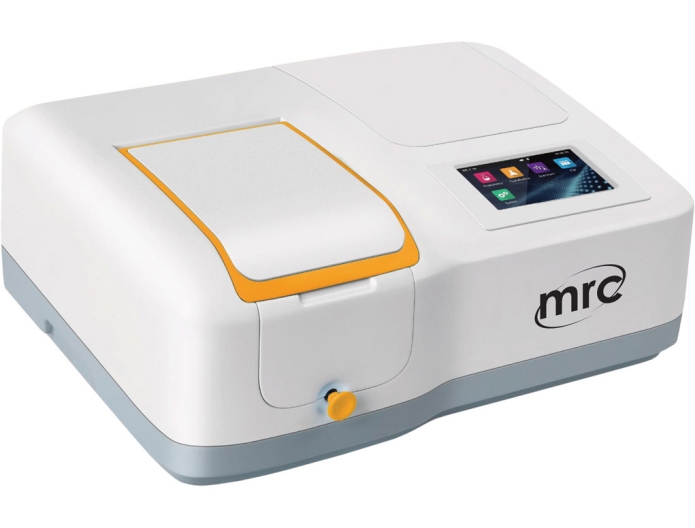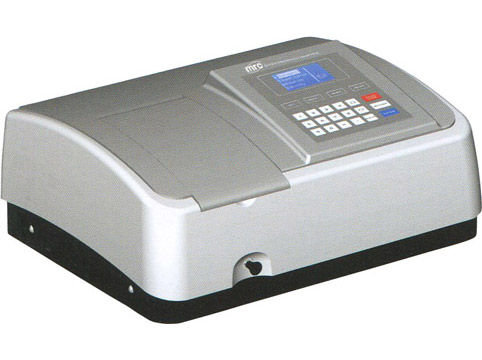Spectrophotometers use in various industries where precise measurement of light absorption, reflection, and transmission is essential. This article explores the diverse range of industries that utilize spectrophotometers, their applications, and the impact of this technology on product quality, research, and compliance with industry standards.
How Spectrophotometers Work
Spectrophotometers operate based on principles of light absorption and reflection. By analyzing how a material interacts with light, these devices measure the amount of light absorbed or reflected by a sample. The key components of a spectrophotometer include a light source, monochromator, sample holder, and detector.
Types of Spectrophotometers
There are various types of spectrophotometers, each suited for specific applications:
- UV-Visible Spectrophotometers: Used for measuring absorbance in the ultraviolet and visible regions of the spectrum.
- Infrared Spectrophotometers: Ideal for detecting molecular vibrations, especially in organic compounds.
- Fluorescence Spectrophotometers: Utilized for measuring the fluorescence emitted by a sample when excited by light.
Importance of Spectrophotometers in Industry
In industrial applications, precision and accuracy in color measurement are critical for ensuring product quality and consistency. Spectrophotometers enhance these processes by providing reliable data on color, transparency, and composition, thereby contributing to improved product quality and compliance with industry standards.

Applications in the Chemical Industry
In the chemical industry, spectrophotometers are used for:
- Quality Control: Ensuring that chemical compounds meet the required specifications.
- Reaction Analysis: Monitoring chemical reactions to track progress and outcomes.
Use in Pharmaceuticals
Pharmaceutical companies rely on spectrophotometers for:
- Purity Testing: Ensuring that drugs are free from impurities.
- Active Ingredient Analysis: Quantitatively measuring the concentration of active ingredients in medications.
Food and Beverage Industry Applications
The food and beverage industry uses spectrophotometers for:
- Quality Assurance: Monitoring the quality of food products by measuring color, which is often an indicator of freshness or spoilage.
- Compliance: Ensuring that products meet regulatory standards.
Role in the Paint and Coating Industry
Spectrophotometers are essential in the paint and coating industry for:
- Color Matching: Ensuring consistency in color production.
- Coating Quality: Assessing the durability and coverage of coatings.
Spectrophotometers in the Textile Industry
In textile manufacturing, spectrophotometers help with:
- Color Accuracy: Matching fabric colors during production.
- Dye Quality Control: Monitoring the consistency and quality of dyed textiles.

Environmental Monitoring
Spectrophotometers are used in environmental science for:
- Water Quality Testing: Measuring the clarity and contamination levels in water.
- Air Quality Monitoring: Detecting pollutants in the atmosphere.
Use in the Paper and Pulp Industry
In paper production, spectrophotometers are employed to:
- Measure Brightness: Assessing the whiteness and brightness of paper.
- Monitor Pulp Quality: Ensuring that the raw materials used in paper production meet quality standards.
Healthcare and Medical Applications
In healthcare, spectrophotometers are invaluable for:
- Blood Analysis: Measuring the concentration of substances in blood samples.
- DNA and Protein Quantification: Essential in molecular biology and medical research.
Role in Research and Academia
Spectrophotometers are widely used in scientific research for:
- Molecular Analysis: Studying the properties of various molecules in biology, chemistry, and physics.
- Spectral Analysis: Identifying substances based on their absorption spectra.
Agriculture and Soil Testing
Farmers and agronomists use spectrophotometers to:
- Test Soil Health: Measuring nutrient content and pH levels in soil.
- Monitor Plant Health: Detecting deficiencies or excesses in nutrient levels.